Stephen Leacock, The Union of South Africa, The American Political Science Review, Vol. 4, No. 4 (Nov., 1910), pp. 498-507. The creation of the Union of South Africa was quickly followed by the launch of two important political movements. One was the South African Native National Congress (later ANC) formed in 1912, and the other made up of more radical Boers who split away from the SAP under the leadership of General Barry Hertzog, forming the National Party (NP.

Union of South Africa, 1921 by theirishisraeli on DeviantArt

Medal Formation of the Union of South Africa South Africa Numista
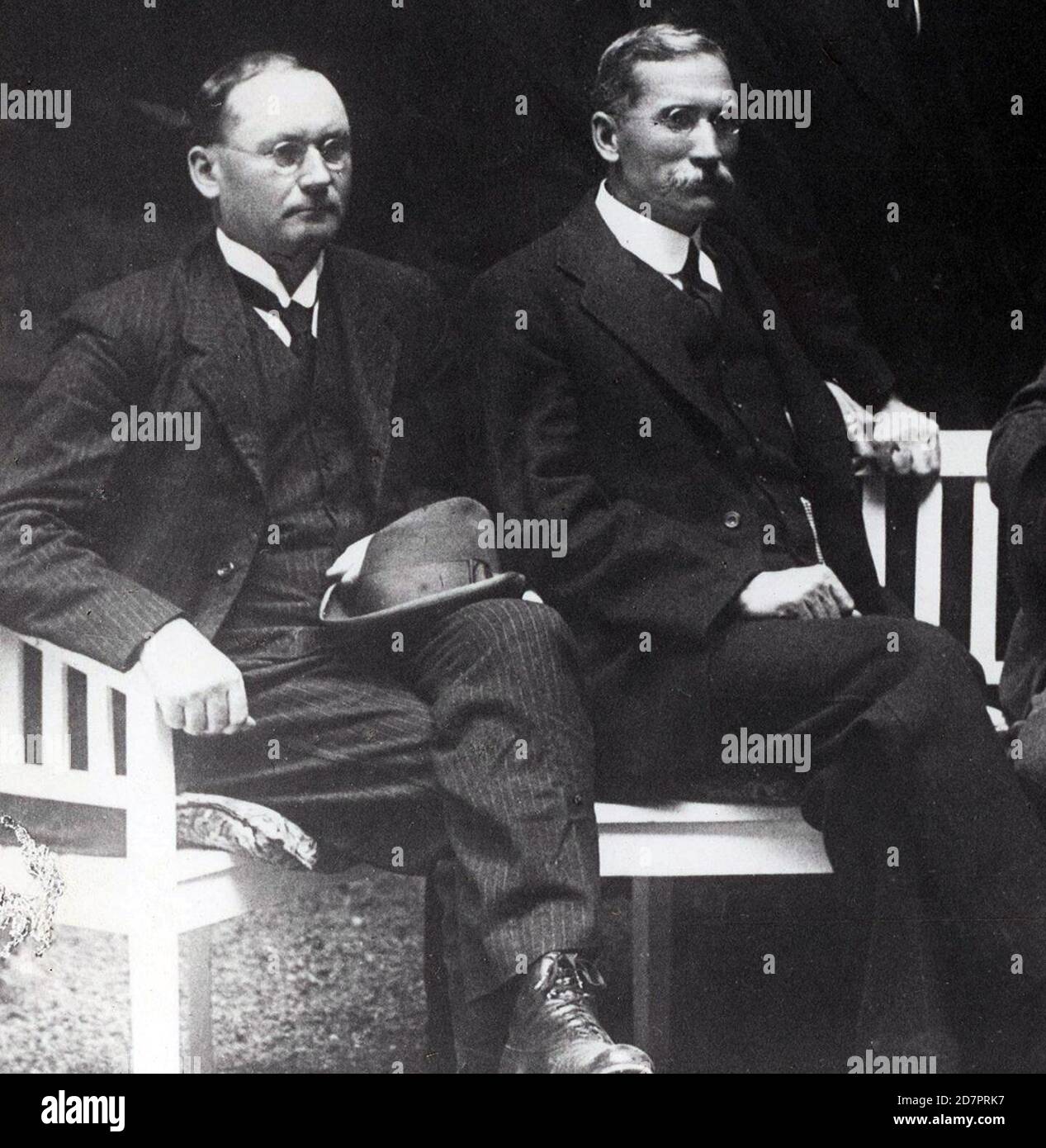
South Africa History DF Malan and JBM Hertzog ca. 1919 Stock Photo Alamy
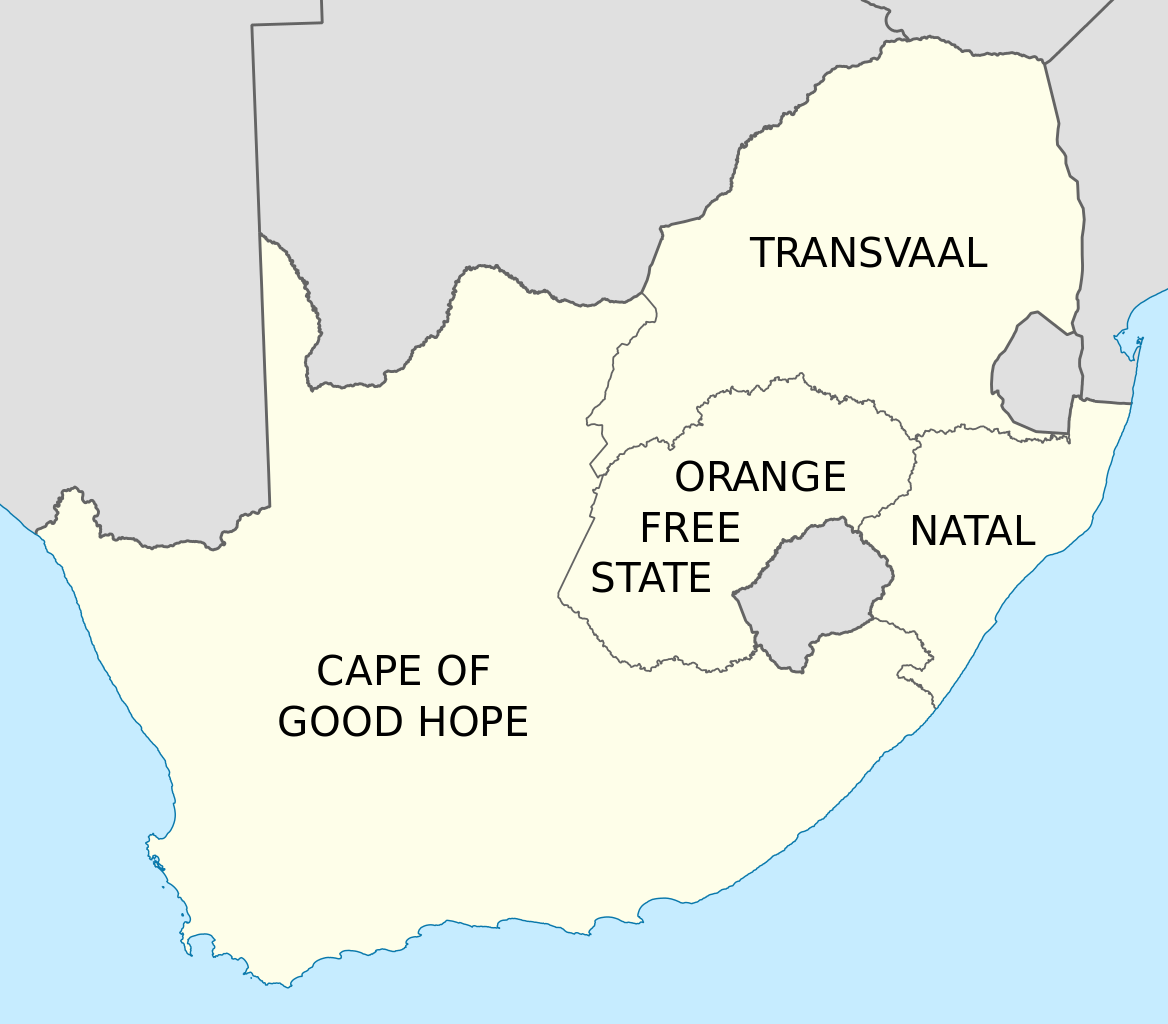
Big Blue 18401940 Union of South Africa Part I
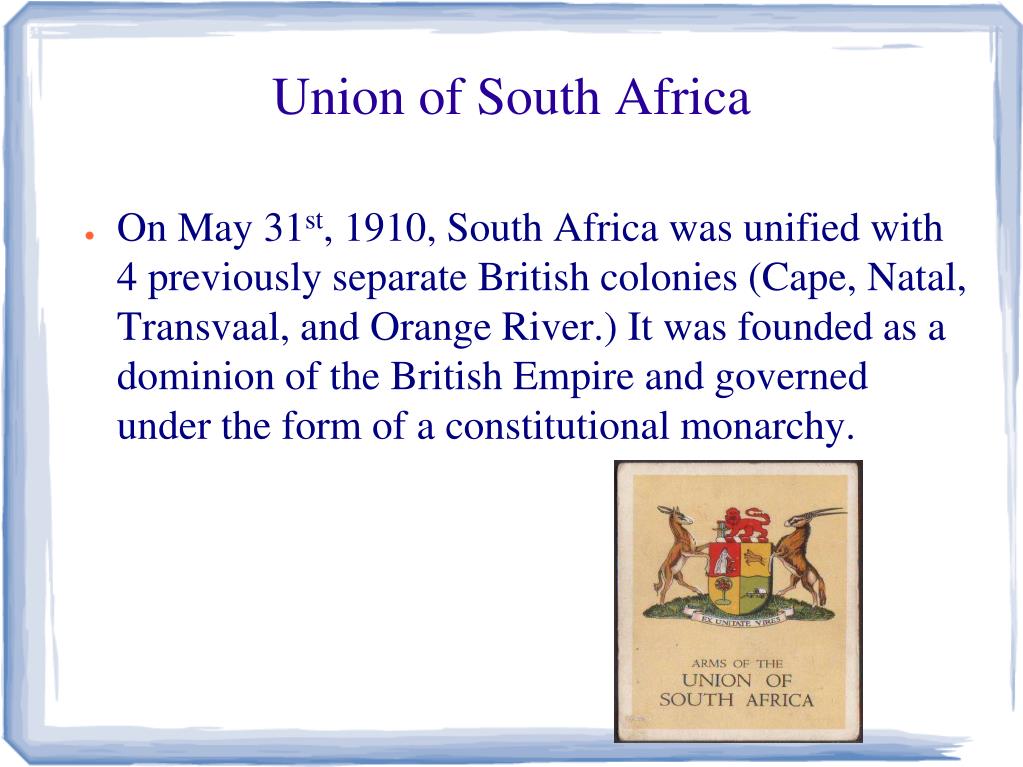
PPT The British Imperialism of South Africa By Nick Juliano
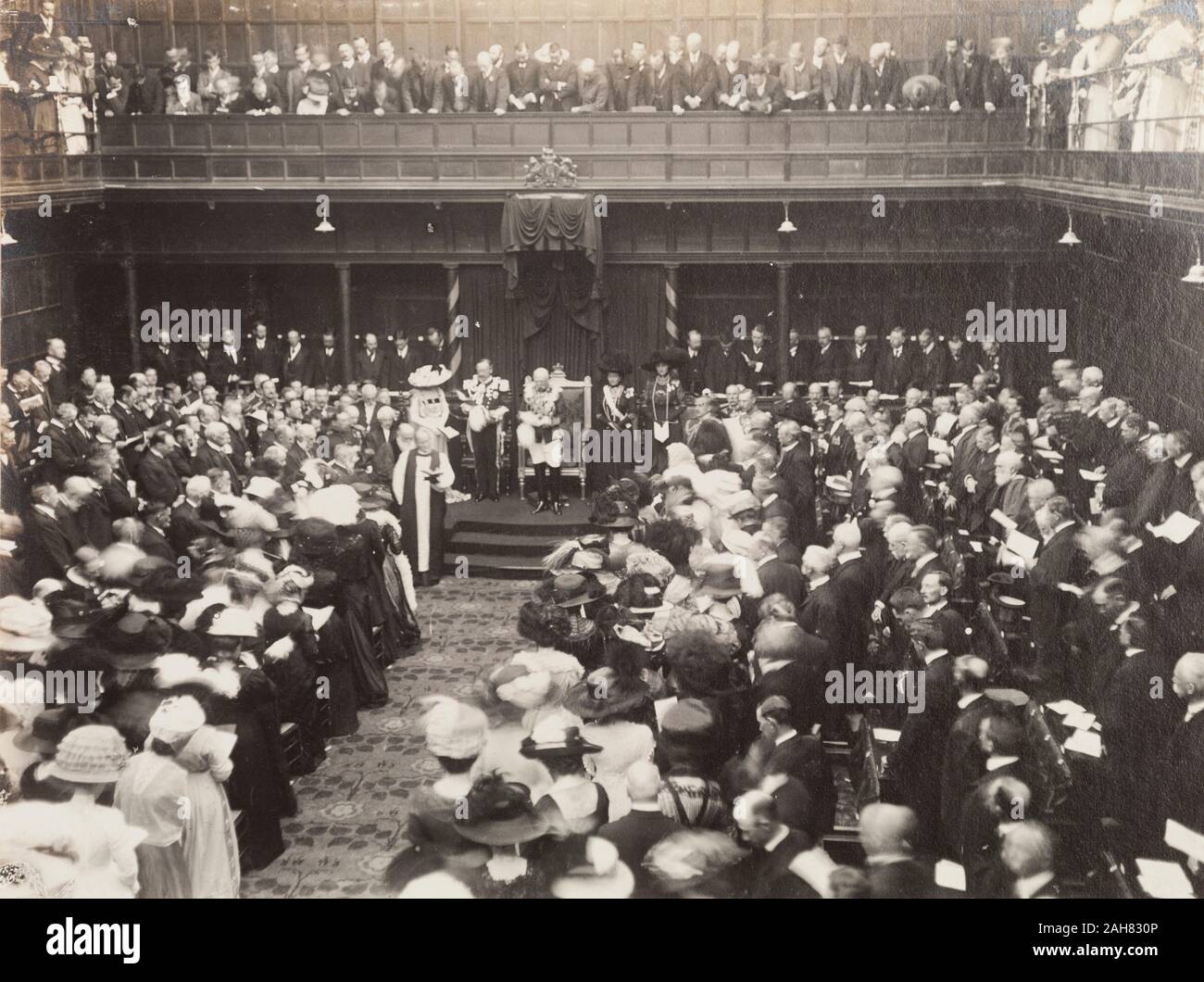
Dressafternovisit hires stock photography and images Alamy
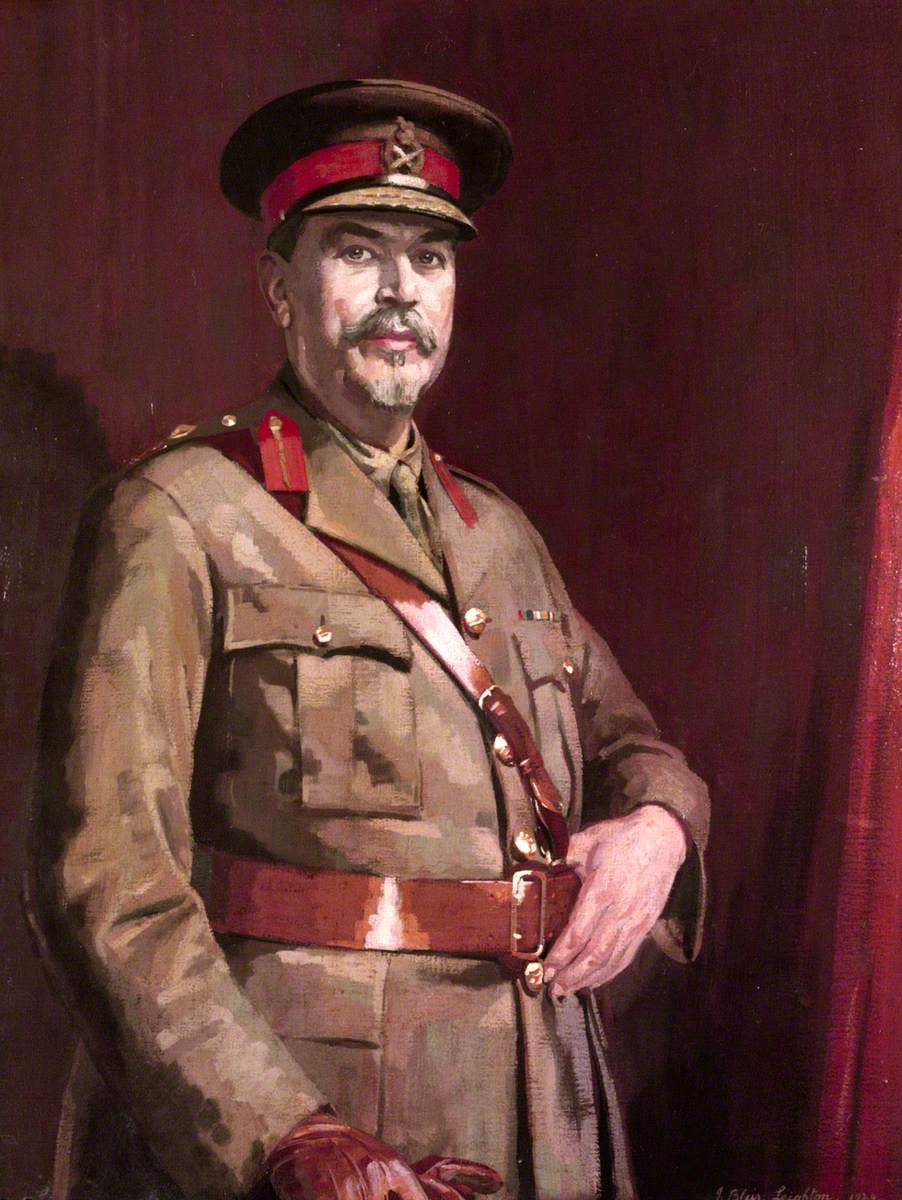
General The Right Honourable Louis Botha, PC, Premier of the Union of
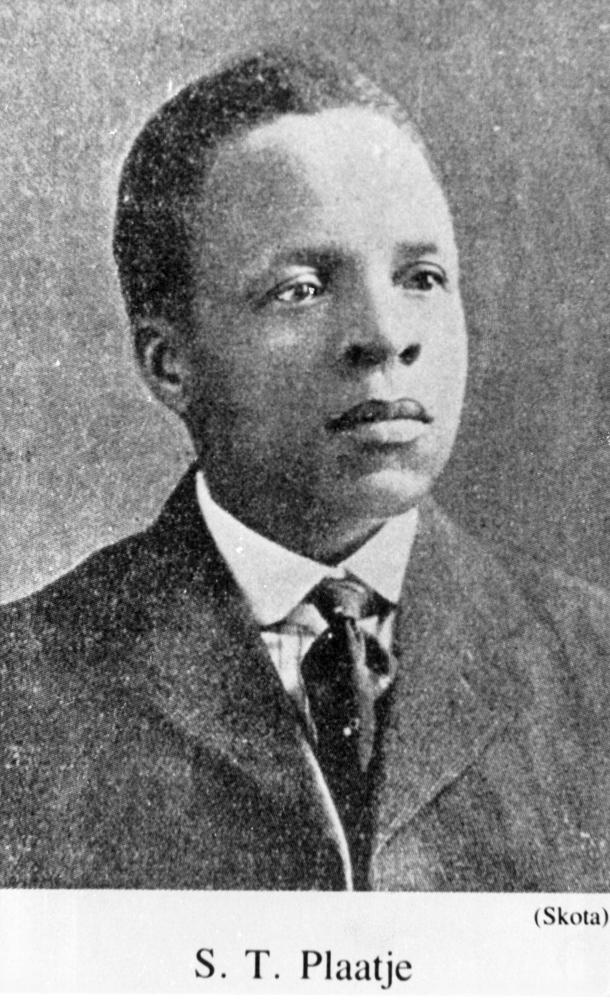
The Union of South Africa 1910 South African History Online
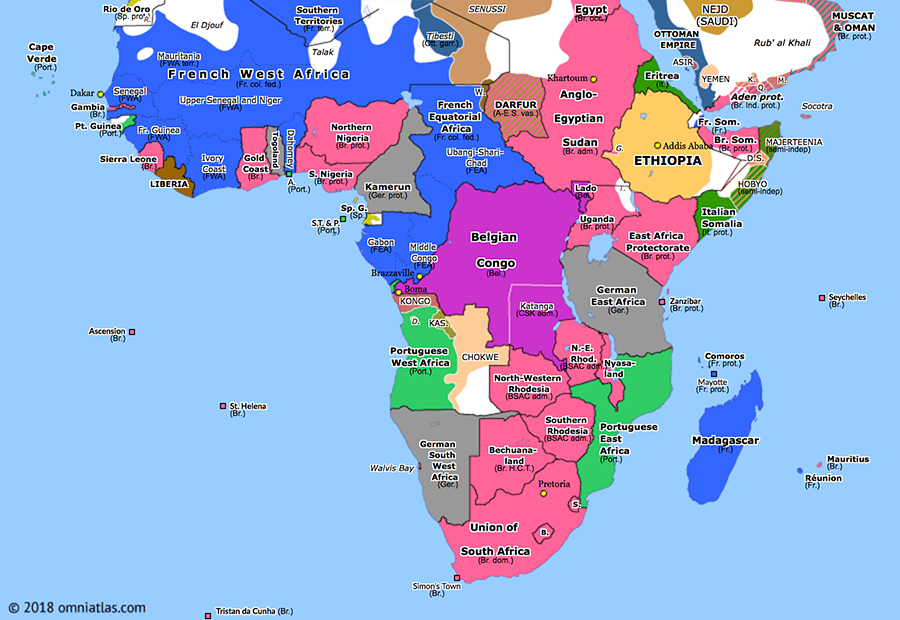
Union of South Africa Historical Atlas of SubSaharan Africa (31 May
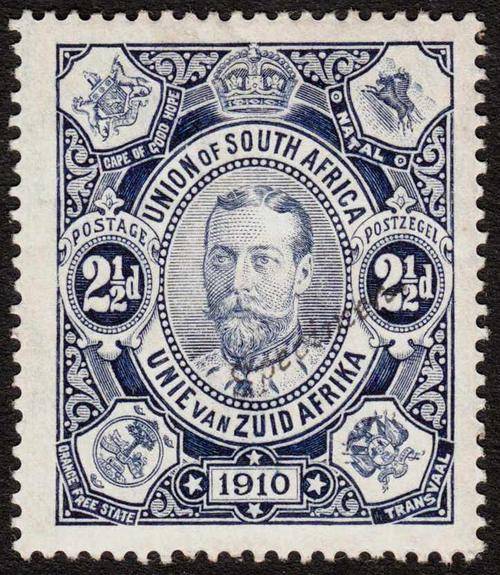
Union of South Africa SA 1910 FIRST UNION STAMP 21/2d BLUE

General Louis Botha Prime Minister of South Africa 191019… Flickr
.jpg)
Unieke Antieke 1910 Union of South Africa commemorative medallion

1921 Union of South Africa Union of south africa, Postage stamp art
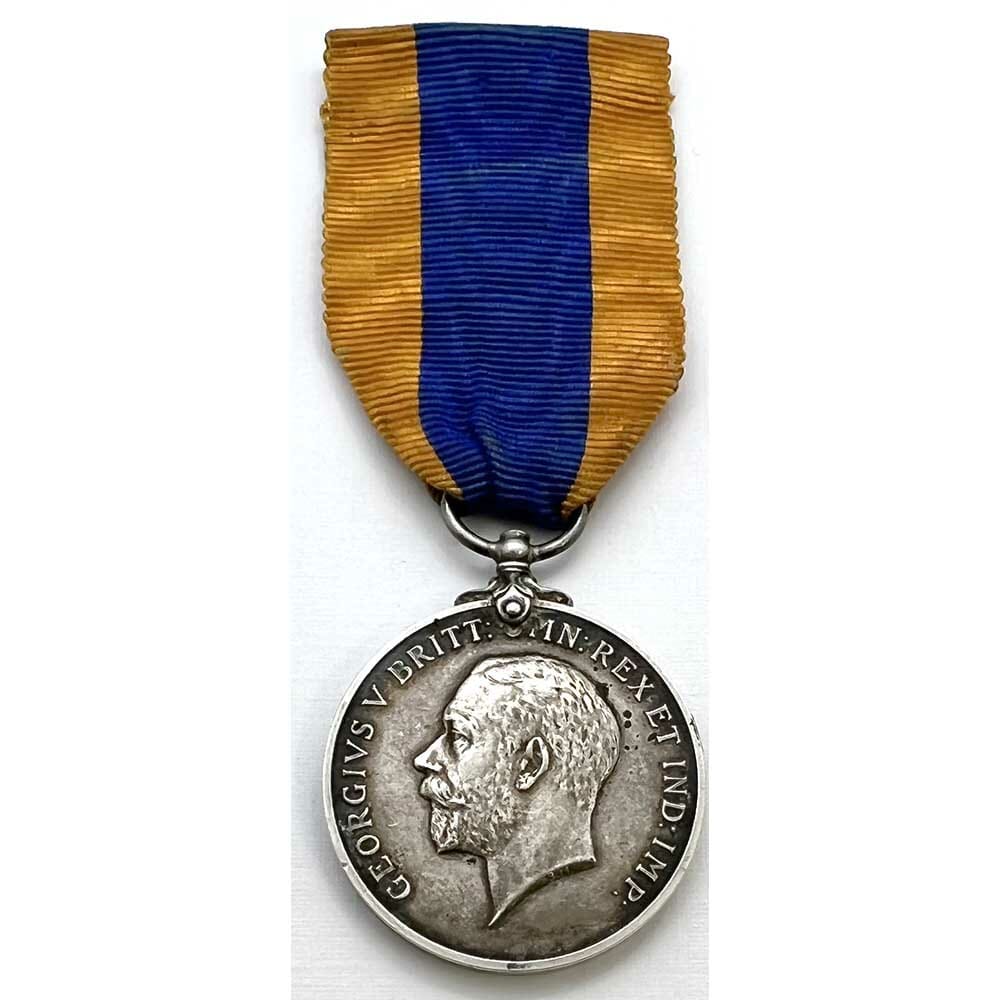
Union of South Africa Commemoration 1910 Liverpool Medals

The South African union that set the precedence for apartheid was
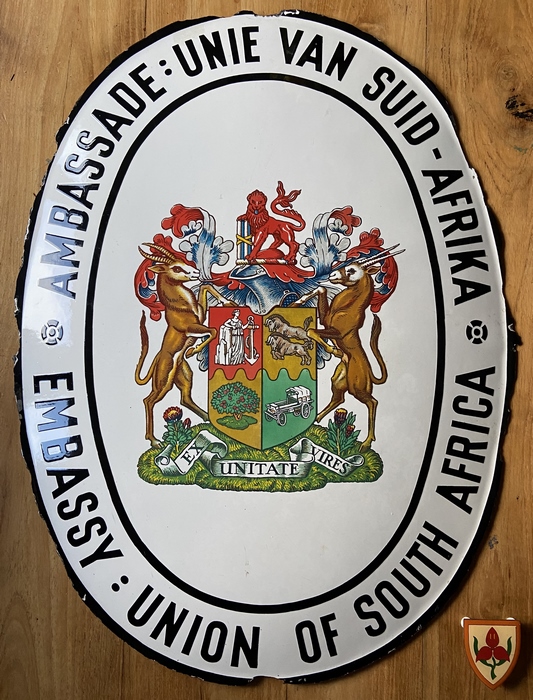
Union of South Africa Archives Militarybadges.nl

Pin on MAPS
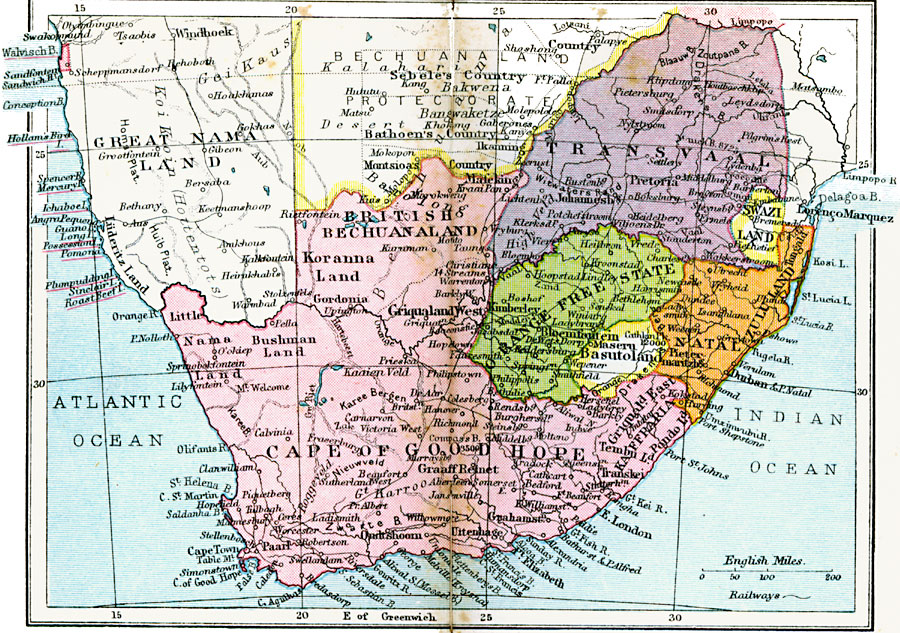
Big Blue 18401940 Basutoland

Union of South Africa Historical Atlas of SubSaharan Africa (31 May

History of South Africa in only 4000 words HubPages
In 1910 South Africa was united for the first time into a single nation known as the Union of South Africa. The majority of blacks, along with white women, were denied the vote. Racial segregation became the official policy throughout the Union and laid the foundation for apartheid. The two dominant politicians at the time, Jan Smuts and J B M Hertzog, were the architects of segregation.. On May 31, 1910, four colonies were joined together to create the Union of South Africa, a self-governing Dominion in the British Empire. While the new nation was sovereign when it came to its domestic affairs, the United Kingdom maintained control over its relations with the wider world. Over the next two decades, South Africa gradually gained.